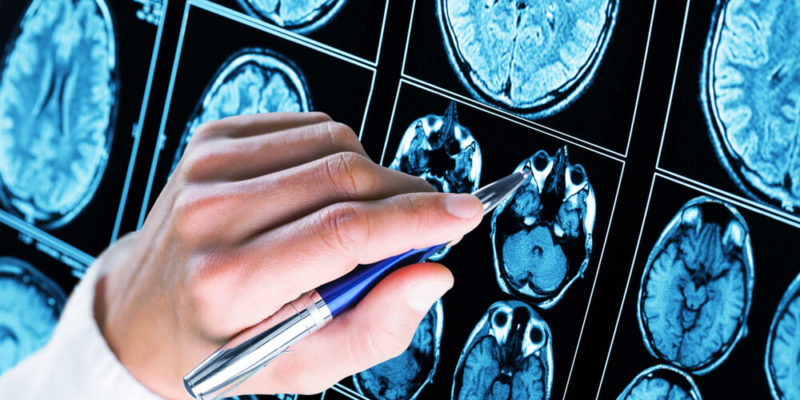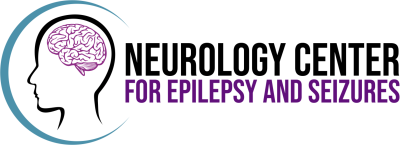If you have seizures or are the parent of a child who has seizures, then…

Long term EEG Monitoring in Elderly People Experiencing Sudden Cognitive Changes
When an elderly person begins to experience cognitive changes, people often dismiss the symptoms. We have come to expect cognitive decline as part of the aging process. However, there is a large difference between the gradual cognitive decline associated with normal aging or even debilitating conditions like dementia and sudden cognitive changes that may signal an abrupt problem. In fact, many people are surprised to learn that recent onsets of epilepsy can occur even to elderly people. The elderly account for somewhere from 1/4th to ½ of all new-onset epilepsy patients and long term EEG monitoring can help diagnose much sooner.
How can you tell what is causing cognitive changes in an elderly person?
We have several tools available to help us determine what is causing cognitive changes. If the changes are abrupt, the first consideration is normally stroke. We use brain imaging, blood pressure tests, pulse, and blood tests to determine if a person is having a stroke.
However, if we are not dealing with the immediate time period surrounding the sudden cognitive change, those tools are not as helpful. Long term EEG monitoring in elderly people experiencing sudden changes in their cognition often times will result in an epileptic diagnosis that, when treated, can improve cognitive function and halt further cognitive decline.
Why do elderly people develop epilepsy?
There are many reasons that elderly people may develop epilepsy. Generally, there are three categories of epilepsy: genetic, structural/metabolic, and unknown cause. These categories also apply to the elderly. However, while young people with epilepsy often have a genetic cause, epilepsy in the elderly is more likely to be linked to accumulated injuries to the brain, including strokes, degenerative disorders, tumors, and traumatic brain injuries. Stroke is a major risk-factor for epilepsy in the elderly, increasing the risk of epilepsy by 20 times in the year after the stroke.



